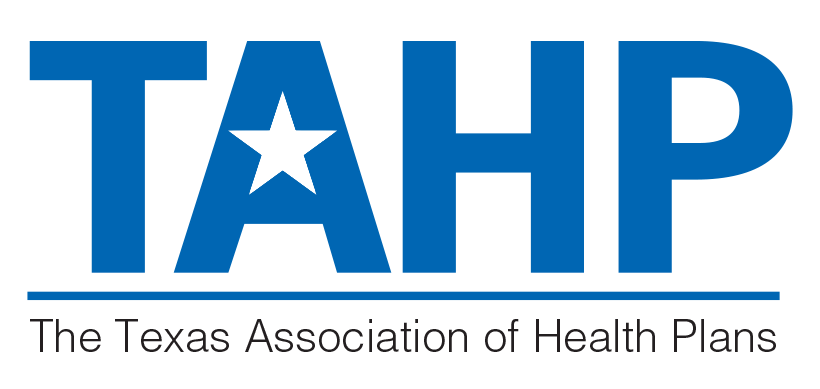
Price Transparency Helps Patients
Complete Coverage
By: TAHP | Tuesday, May 17, 2022
by Jamie Dudensing
Can driving just a few miles save a patient thousands of dollars? If they’re in the market for health care, the answer is yes. In Dallas, according to a recent article in D Magazine, the cost of a gallbladder removal surgery can range from $5,000 to $35,000. And rarely are prices posted online—even though they’re supposed to be.
Price transparency and compliance were primary topics in today’s interim hearing of the House Insurance Committee.
Price transparency is the law for hospitals, and starting on July 1, 2022, the Transparency in Coverage final rule goes into effect for insurers. According to the Centers for Medicare & Medicaid Services (CMS), “most group health plans and issuers of group or individual health insurance will begin posting pricing information for covered items and services.”
Transparency affects patient health; 64% of patients say they have avoided or delayed medical care because of fear of the cost. That’s where health care price transparency comes in.
The principle behind health care price transparency is straightforward: Consumers who can compare prices can make better choices for themselves and their families. And not only that, but “pricing information can be used by third parties, such as researchers and app developers to help consumers better understand the costs associated with their health care,” as CMS notes.
How does it work? Plan providers must provide machine-readable files (that means data that computers can process) for in-network rates, as well as allowed amounts for, and billed charges from, out-of-network providers.
And starting in 2023 (Phase 2), they’ll also need to provide an internet-based tool that provides an individual with an estimate of their cost-sharing portion of a specific item or service, from a specific provider (or providers).
For now, about 500 items and services are included in this requirement. In 2024, Phase 3 goes into effect, and that requirement will apply to all items and services.
Price transparency for our industry won’t be easy, and it won’t be cheap. Some hospitals have had trouble complying with the rules already in place for them; some have simply found it cheaper to pay the penalties for noncompliance. But penalties will get steeper, and compliance soon will be enforced.
Transparency should also help winnow out surprise charges such as facility fees, which can result in surprise bills that show up long after a service is provided.
Consumers like price transparency, according to Turquoise Health Vice President of Operations Marcus Dorstel. His company offers a tool for comparing prices.
“Folks are coming on here and are clicking around and shopping around,” he told D Magazine. “They are probably looking at not just one service in one hospital, but the same service across a couple of different hospitals.”
Released earlier this year, Sage Transparency brings together multiple data sources including Turquoise, Rand, Medicare and National Academy for State Health Policy data.
Price transparency won’t be a panacea for what ails our health care system; for one thing, patients needing emergency care don’t shop around—they and their families seek out the nearest provider. And of course, what a patient expects to be a routine procedure, say a hip replacement, can often turn into something more complicated.Still, price transparency is a good first step. There’s even evidence it could help stem inflation—another of Americans’ top worries.
Stay updated on the latest TAHP news

Articles written by TAHP’s team of policy experts that examine the research, trends, and impact of the most important health care policy issues facing Texas and the country today.

Weekly news clips assembled by the TAHP team that highlight the top headlines from the health insurance and health care worlds, as well as important political updates.
